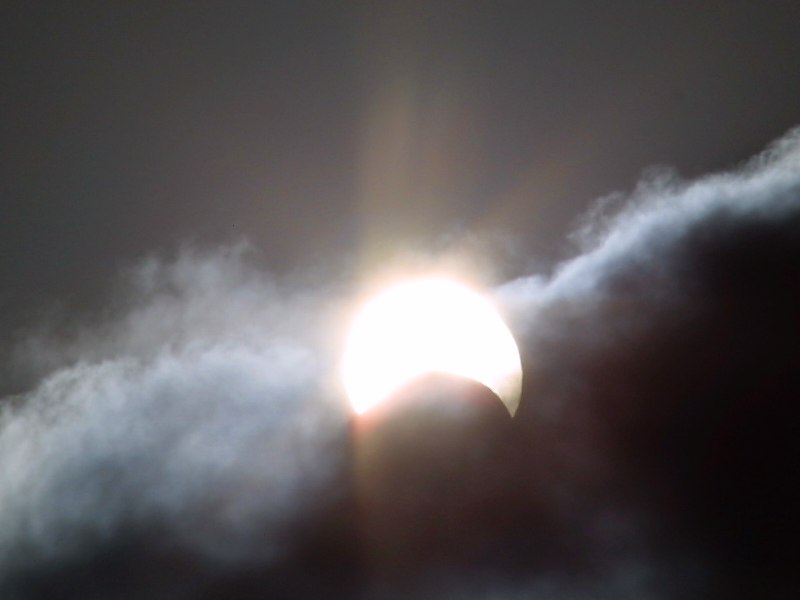 A public-private partnership set up to save the Javan Rhino from extinction has reported that its goal of increasing the existing population in Ujung Kulon National Park by 50 per cent over five years is making progress – 12 months after the team was set up. The Javan Rhino Conversation Working Group (CWG) is a multi-disciplinary team made up of experts from Ujung Kulon National Park, local NGOs, private sector companies and academics. This week, the CWG reported on its first year in operation. Important steps have been taken to improve protection of the rhino habitat within Ujung Kulon, and cut down on encroachment by local communities and poaching. And video from new camera feeds set up within the rhino habitat has revealed a flourishing community of an estimated 35 individual rhinos, including – critically – several juveniles.
A public-private partnership set up to save the Javan Rhino from extinction has reported that its goal of increasing the existing population in Ujung Kulon National Park by 50 per cent over five years is making progress – 12 months after the team was set up. The Javan Rhino Conversation Working Group (CWG) is a multi-disciplinary team made up of experts from Ujung Kulon National Park, local NGOs, private sector companies and academics. This week, the CWG reported on its first year in operation. Important steps have been taken to improve protection of the rhino habitat within Ujung Kulon, and cut down on encroachment by local communities and poaching. And video from new camera feeds set up within the rhino habitat has revealed a flourishing community of an estimated 35 individual rhinos, including – critically – several juveniles.
In the long-term, high value eco-tourism could provide the economic framework to allow the number of Javan Rhinos to grow sustainably again.Dr. Ir. Moh. Haryono, M.Si, Head of Ujung Kulon National Park and Chairman of the Javan Rhino Conservation Working Group said:“The video we are distributing worldwide today shows that the battle to save the Javan Rhino from extinction is not lost. There is a small but thriving community of rhinos within the National Park which can grow if the conditions are right.”
Asia Pulp & Paper Group (APP) is one of the main private sector partners within the CWG. Aida Greenbury, Managing Director Sustainability & Stakeholder Engagement of APP, said:“Saving the Javan Rhino from extinction requires a strategic focus on three factors: economic development, social progress and habitat enhancement. In its first year, the CWG is heading in exactly that direction, and we are proud to be part of it.” In the first 12 months, the CWG carried out habitat enhancement and restoration activities for the Javan Rhino, such as vegetation control of an invading plant species Langkap (Arenga obtusifolia) that has overgrown and eliminated plants the herbivore mammal feed on. It has also supported the Javan rhino population monitoring with video traps.The Javan Rhino was once one of the most widespread of the Asian rhinos, with thousands of animals ranging across Indonesia, Myanmar, Thailand and Peninsula Malaysia. Hundreds of years of game hunting during the Dutch Colonial era caused a dramatic reduction in the population. The number of remaining Javan Rhinos continued to decline in the latter 1900s due to illegal poaching for the valuable and rare single horn of the unique animal as well as forest encroachment that resulted resulted in habitat degradation.






